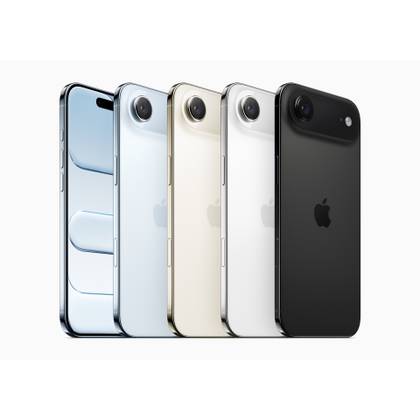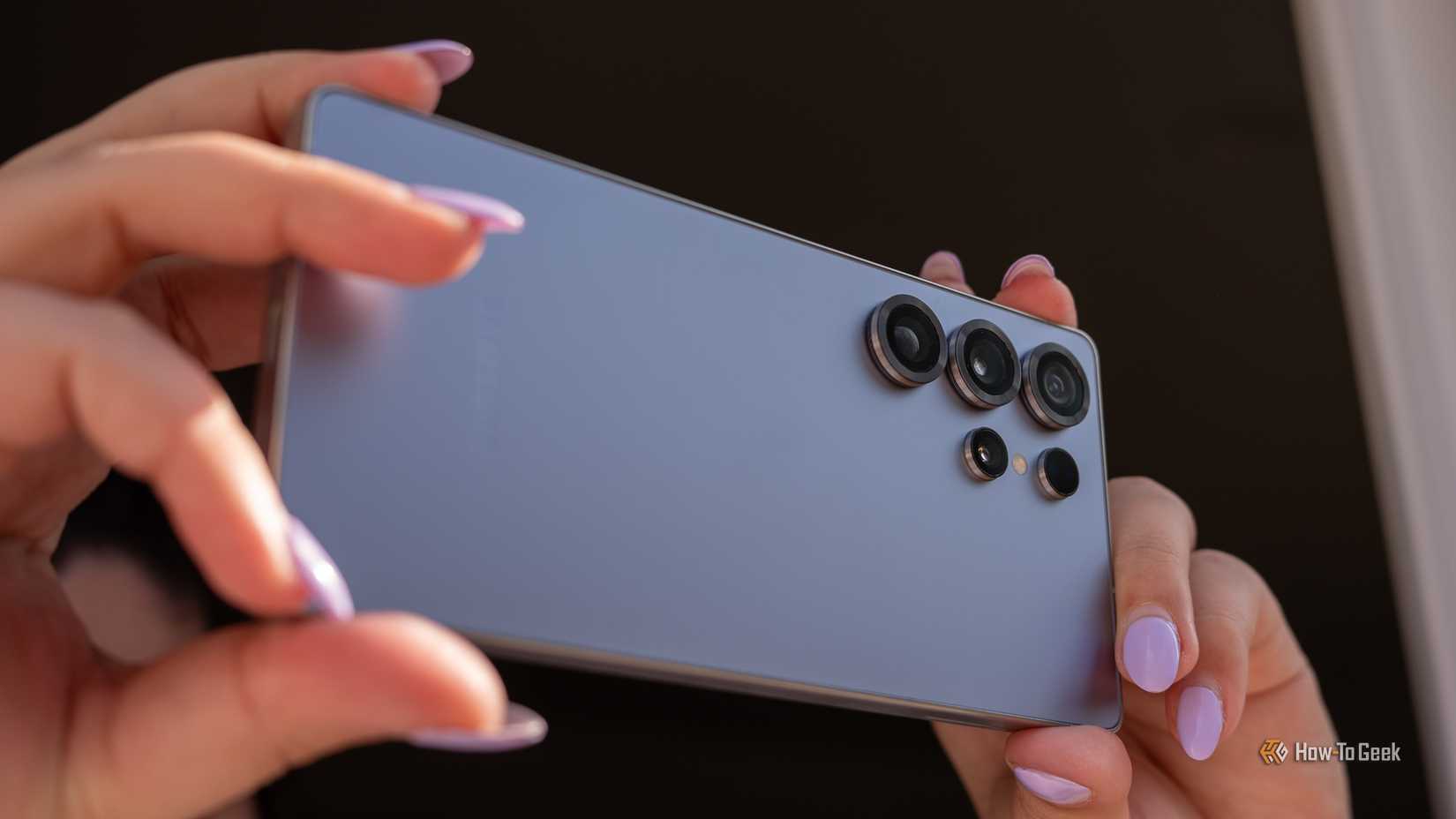Back in 2013 my wife, who is a keen photographer, called me over to look at something on her laptop. This was the new phone she wanted, but what I saw on that screen didn’t look anything like a smartphone.
Instead, it looked like a digital camera with a smartphone-sized screen on the back. What the heck was this thing? This was the Samsung Galaxy S4 Zoom.
The Phone That Thought It Was a Camera
In case you didn’t know, Android actually started life as an operating system for digital cameras, not smartphones, but ultimately, a touchscreen device with a camera and Wi-Fi isn’t that far from a smartphone if you really think about it and so it was pivoted before even reaching any commercial camera.
So perhaps the S4 Zoom felt like a return home for the plucky OS that runs so much of the world today. Regardless, the S4 Zoom is one of the strangest phones over made, and in retrospect, it’s surprising that I even got to experience what it was like using one.
Now, it might be hard to remember, but back in 2013, phones didn’t come with multiple cameras on the back, and the camera they did come with wasn’t great. For example, 2013 was the year of the iPhone 5s, which sported a single 8MP shooter on the rear.
The biggest limitation, and the reason we have phones with clusters of cameras today, was the fixed focal length of phone cameras. There just wasn’t enough room in the thin body of a phone to have an effective mechanical zoom system. So, nasty digital zoom was the order of the day.
The whole point of the S4 Zoom was to bring the benefits of a proper, large zoom lens and sensor to the world of smartphones. The S4 Zoom has a 16MP camera sensor, with 10x optical zoom, and an aperture range of f/3.1-6.3. This almost put it on par with dedicated digital pocket shooters of the day, and far ahead of other phones.
The Hardware That Stood Out (Literally)
In a world where phones like the Apple iPhone Air and Samsung Galaxy S25 Edge exist, the S4 Zoom seems extra ridiculous, but it was a true chonker even compared to contemporary smartphones.

- SoC
-
A19 Pro chip
- Display
-
6.5-inches
- Storage
-
256GB, 512GB, or 1TB
- Ports
-
USB-C
From the front, it looked just like a Galaxy S4 Mini, but from the rear it looked just like a normal digital camera. Even when fully retracted, that Zoom lens makes even the new iPhone 17 camera plateau look modest, and the whole back of the phone was one big camera bulge when you think about it.

- Display
-
6.7-inches
- RAM
-
12GB
- Storage
-
256 or 512GB
- Battery
-
3,900mAh
- Ports
-
USB-C
- Operating System
-
One UI 7
Camera Performance and Features
So, how did it perform? I remember at the time that my wife was thrilled with the versatility and image quality of the phone. It really made a difference to always have a compact digital camera with her.
A 10x zoom with no loss in detail meant capturing shots that were literally impossible with any other phone. Not only that, but Samsung really did think of this as a true fusion between a phone and a compact digital camera. The software reflected this, and the camera app offered much more control compared to standard phone apps of the day. As a shutterbug, she preferred to tweak things like ISO and shutter speed herself, and here those options were front and center.
As a phone? Well, it was just a normal Android phone for the time, but carrying it around was a real pain. Made worse by the weird holster case she had to use with it. Not to mention, the only phone that looked stranger up against your ear was Nokia’s old N-GAGE and its side-talking design.
To be fair, back then we didn’t spend nearly as much time glued to our phones. We’d browse the web on them only when needed, and apps weren’t as all-encompassing as they are today. So seeing it as a camera and occassional phone helps it all make more sense.
Why It Never Took Off
Apart from the poor battery life and bulk, the real reason the S4 Zoom didn’t take off is that we found better ways to tackle the problems of smartphone photography. Thanks to computational photography, smartphones could make better pictures using the physically inferior camera hardware they had. We also started adding more cameras, specialized for specific jobs like wide angle, portrait, or macro shots. Micro-mechanical technology has also advanced, which is why some modern phone cameras do have some degree of optical zoom built in, and smart tricks like periscope camera design let us get more focal length by using mirrors and a lens array down the length of the phone rather than its thickness.
Samsung actually tried one more time with the Galaxy K Zoom (aka. the S5 Zoom), but that was the last we saw of this camera and phone fusion experiment.
The Legacy of Samsung’s Experiment
While the Galaxy Zoom was an evolutionary dead end for smartphone cameras, it did push mobile photography forward. It also showed that Samsung isn’t scared to experiment with its phone designs, something that can’t be said for the conservative likes of Apple.
My wife also continues to lust after quirky phones. Currently, she’s using a Galaxy Z Flip, and wouldn’t trade it for anything. So, some things never change.

- Brand
-
Samsung
- SoC
-
Samsung Exynos 2500
- RAM
-
12GB
- Storage
-
256 or 512GB


